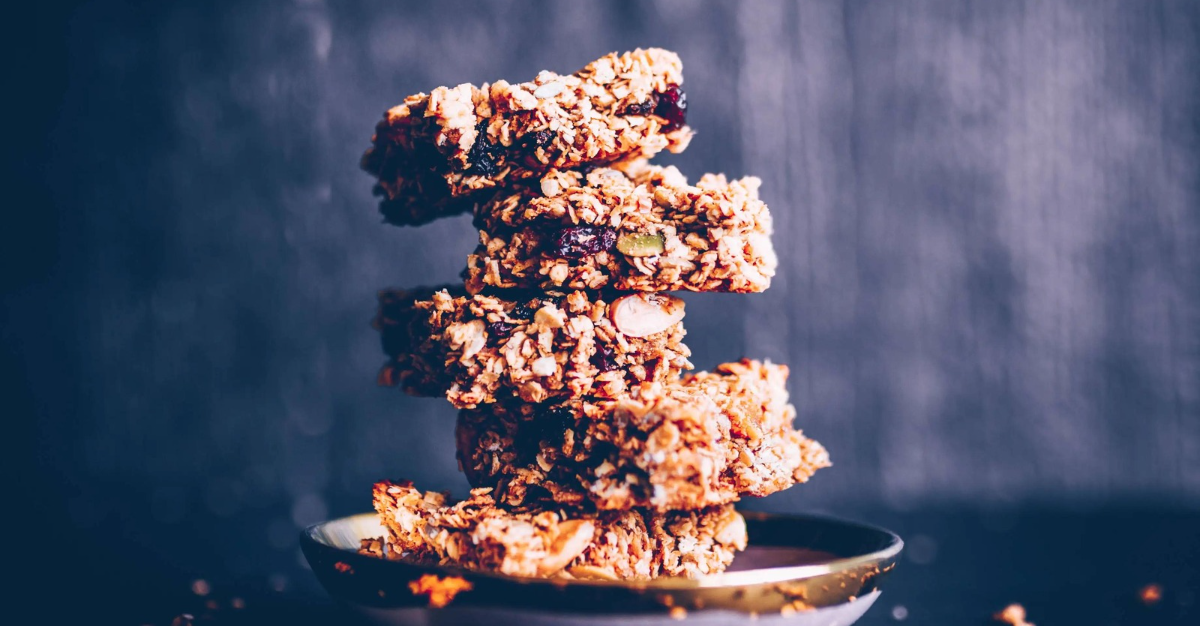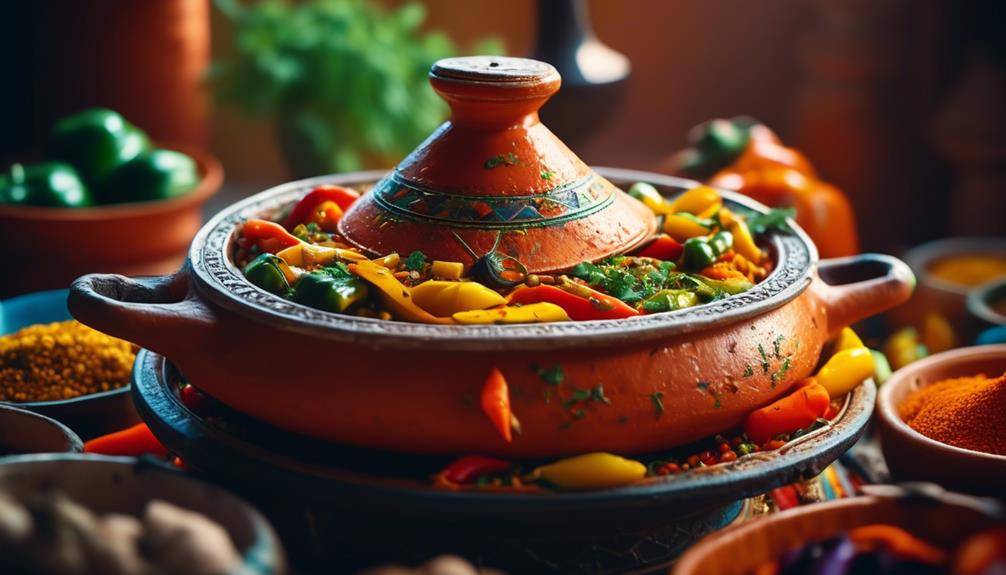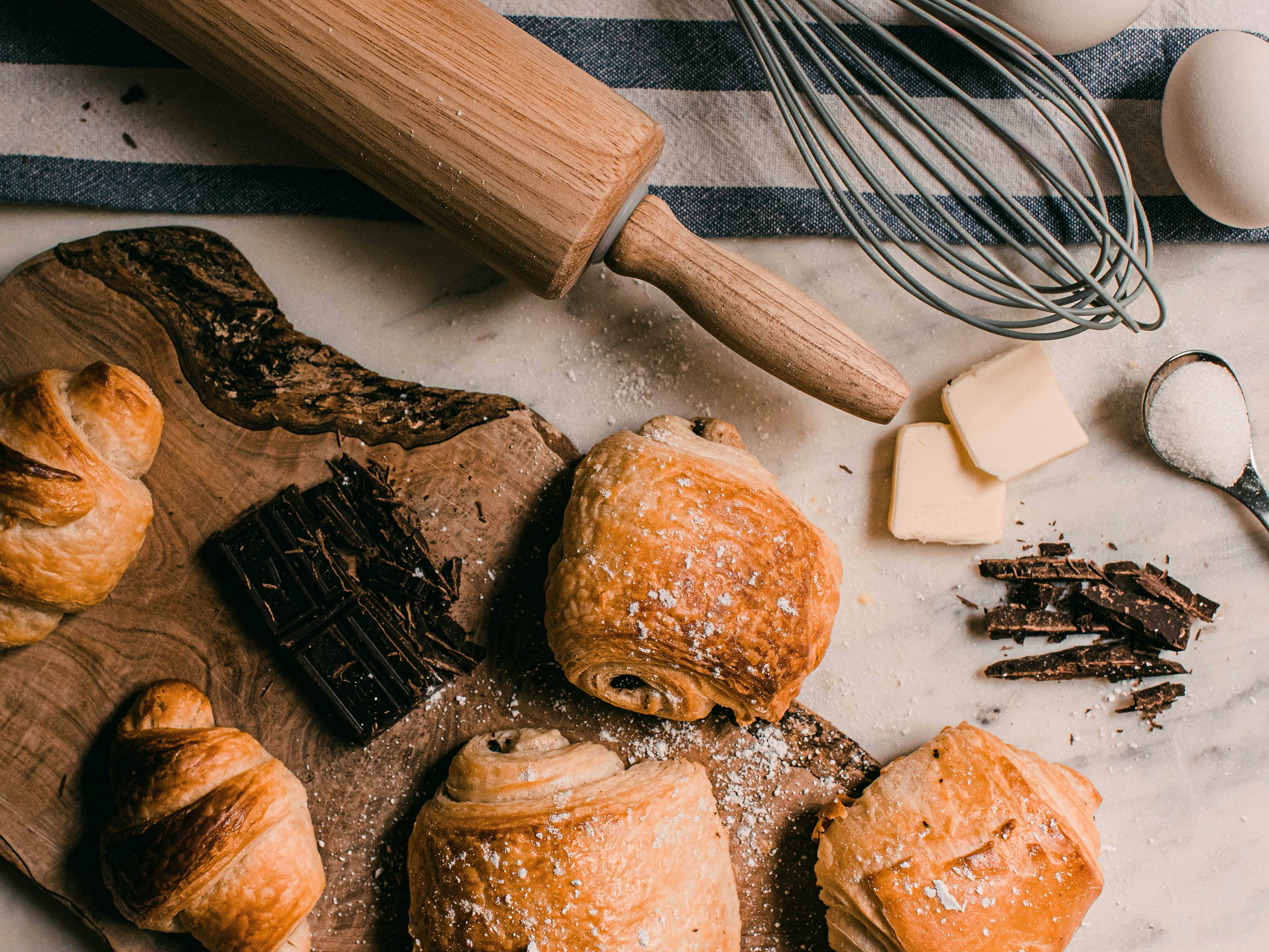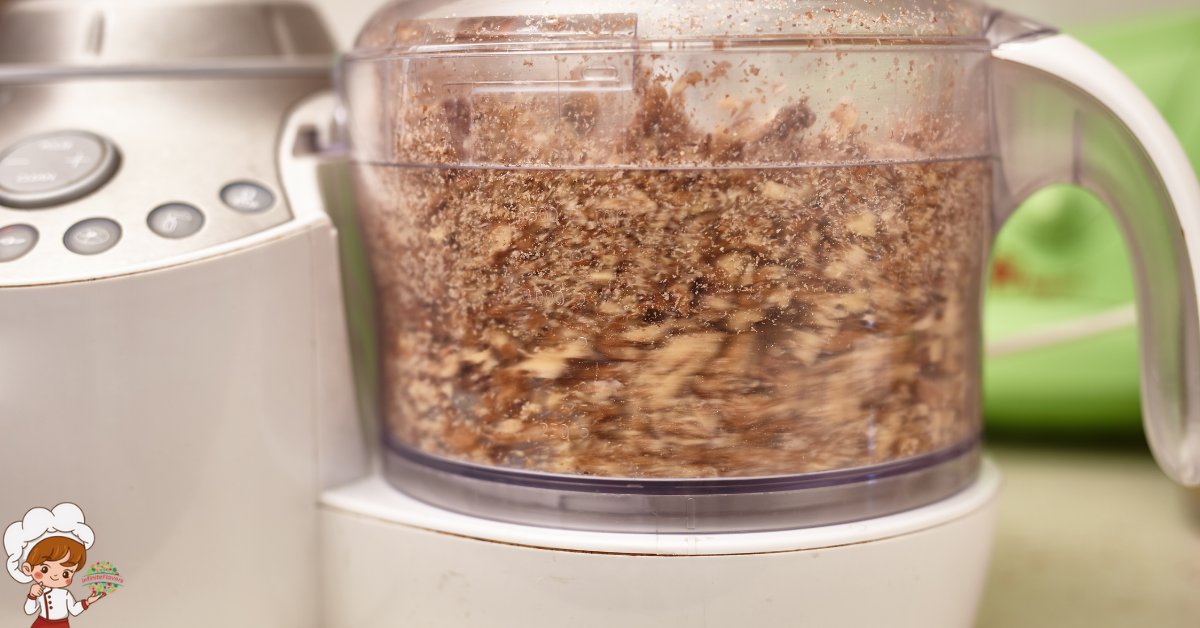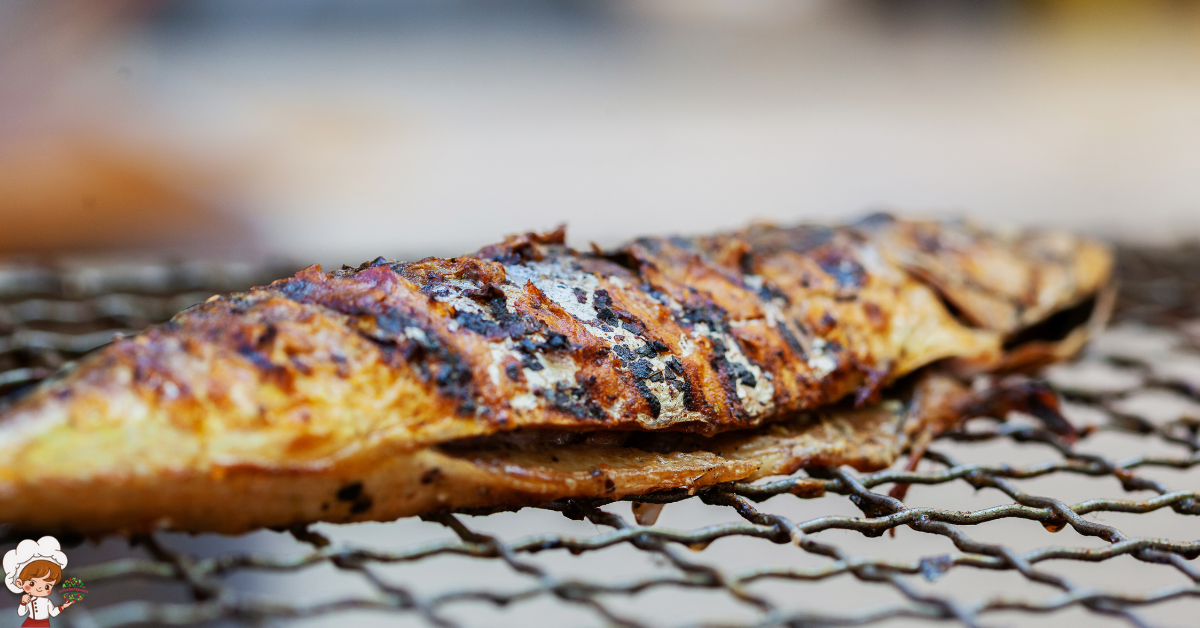The Best Chef Knives For Slicing Meat
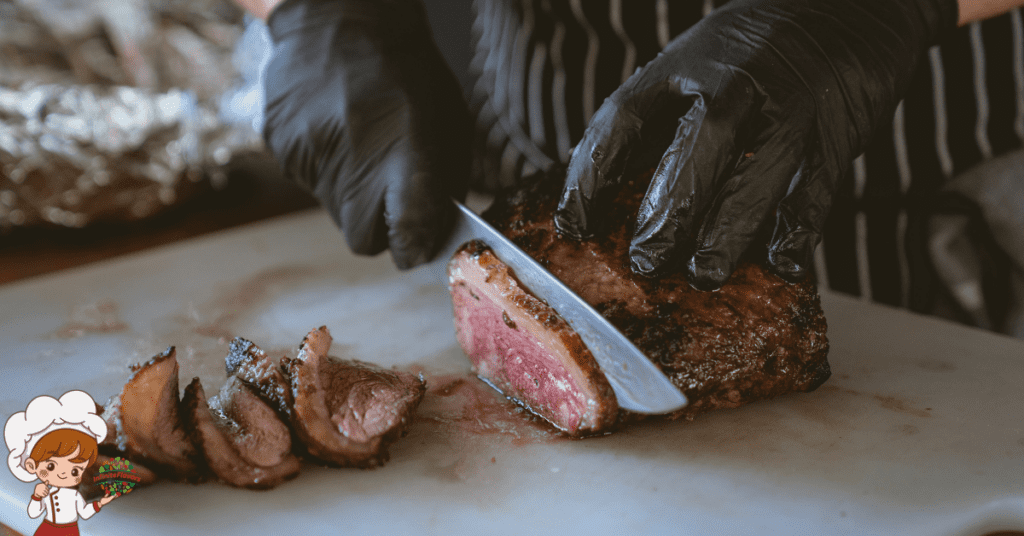
The Best Chef Knives For Slicing Meat; When it comes to slicing meat, you’ll want a high-quality chef knife that combines precision and comfort. A traditional carving knife with a long, thin blade is great for roasts, while a flexible blade knife glides along contours for delicate cuts. Consider the material—high-carbon stainless steel offers excellent sharpness and durability. Brands like Wüsthof and Shun are renowned for their craftsmanship and reliability. Don’t forget to prioritize weight and grip for balance and control. If you keep exploring, you’ll uncover more tips on choosing the perfect knife for your kitchen.
Understanding Knife Types
To choose the best chef knife for slicing meat, you need to understand the different types of knives available and their specific purposes. Each knife comes with unique characteristics that can impact your slicing experience. For instance, a traditional chef’s knife is versatile and excels at various tasks, including slicing meat. Its broad blade geometry allows for smooth, controlled cuts, making it ideal for both large roasts and delicate poultry.
Next, consider the materials used in the knife’s construction. Stainless steel knives are popular due to their durability and resistance to rust, while high-carbon steel knives offer superior sharpness and edge retention but require more maintenance. If you’re looking for a lightweight option, ceramic knives might appeal to you, though they can be more fragile.
When evaluating blade geometry, pay attention to the knife’s shape and angle. A thinner blade can glide through meat effortlessly, while a thicker blade provides stability for tougher cuts. For slicing, you might prefer a knife with a slight curve to its blade, allowing for a rocking motion that enhances precision.
Ultimately, understanding these knife types and their materials will help you make an informed choice. When you’re equipped with the right knowledge, you’ll find that slicing meat becomes not only easier but also more enjoyable.
Key Features to Consider
When selecting a chef knife for slicing meat, several key features can greatly enhance your cutting experience. First, take into account the blade material. High-carbon stainless steel is often the best choice, as it combines durability and excellent edge retention. This means you won’t have to sharpen your knife as frequently, allowing for a smoother slicing process. Look for blades that are forged rather than stamped, as they tend to offer better balance and control.
Next, pay attention to the knife’s ergonomic design. A comfortable handle is essential, especially if you’ll be slicing larger cuts of meat or working for extended periods. A well-designed handle minimizes fatigue and provides a secure grip, reducing the risk of slips and accidents. Look for features like a bolster that adds weight and balance, enhancing your control as you slice through meat.
Weight is another factor to take into account. A heavier knife can provide more cutting power, but it might not be ideal for everyone. Try holding different knives to find the weight that feels right for you. Finally, think about the knife’s overall length. Longer blades are great for slicing larger cuts of meat, while shorter ones offer more precision for intricate tasks.
Top Chef Knives for Slicing
When it comes to slicing meat, choosing the right knife can make all the difference. You’ll want to contemplate the various types of slicing knives available, as well as their key features that enhance performance. Let’s explore which options stand out and why they’re essential for your kitchen.
Types of Slicing Knives
Slicing knives come in various styles, each designed to make your meat preparation easier and more efficient. You’ll find options like the traditional carving knife, which features a long, thin blade perfect for cleanly slicing roasts and turkey. Then there are electric slicers, ideal for those who want speed and uniformity in their slices.
When choosing a slicing knife, consider the slicing techniques you plan to use. For example, a flexible blade allows you to glide along the contours of meat, while a stiffer blade provides more control for thicker cuts.
Knife materials play a significant role in performance as well. High-carbon stainless steel is popular for its sharpness and durability, while ceramic blades offer incredible edge retention but can be more fragile.
Don’t overlook specialized slicers like the boning knife, which features a narrow, pointed blade designed to maneuver around bones. Each type of slicing knife serves a unique purpose, enabling you to execute your meat preparation with precision and ease. Understanding these types will help you select the best knife for your culinary needs.
Key Features to Consider
Look for essential features like blade length, material, and handle design to guarantee you choose the ideal chef knife for slicing meat. A longer blade, typically between 8 to 12 inches, allows for smooth, even cuts, which are vital when slicing larger cuts of meat.
Pay attention to the blade material as well. High-carbon stainless steel is a popular choice, as it combines durability and edge retention, ensuring your knife stays sharp longer. You’ll also want to take into account the knife’s weight; a well-balanced knife will make slicing easier and reduce hand fatigue during use.
The handle design is just as important. Opt for an ergonomic design that fits comfortably in your hand, allowing for a secure grip and control while slicing. Materials like wood or textured plastic provide a non-slip grip, enhancing your overall experience in the kitchen.
Lastly, evaluate the knife’s maintenance requirements. Some materials require more care than others, so choose one that fits your lifestyle. By focusing on these key features, you’ll find the perfect chef knife to slice meat with precision and ease.
Comparison of Brands
As you explore various chef knife brands, you’ll find distinct features and quality levels that can greatly impact your meat preparation experience. Each brand carries its own reputation, often built over years of craftsmanship and innovation. For instance, brands like Wüsthof and Shun are renowned for their precision and durability, making them popular among professional chefs and home cooks alike.
When comparing brands, it’s crucial to take into account customer reviews. These insights can reveal how well a knife performs in real-world scenarios, helping you gauge its effectiveness for slicing meat. Many users praise the balance and sharpness of Global knives, pointing out how effortlessly they cut through different types of meat. On the other hand, some customers might express concerns about the maintenance of softer steel blades found in certain brands, which could dull more quickly.
Additionally, don’t overlook the importance of warranty and customer service. A brand with a solid reputation often backs its products with reliable support, ensuring you’re covered if issues arise. Researching these aspects can lead you to a knife that not only fits your slicing needs but also provides peace of mind.
Ultimately, by weighing brand reputation and sifting through customer reviews, you’ll be equipped to make an informed choice. Whether you lean towards a high-end option or a more budget-friendly knife, understanding the strengths and weaknesses of various brands will enhance your meat preparation journey.
Maintenance Tips for Longevity
To keep your chef knife in top shape, you’ll need to focus on a few key maintenance tips. Regular sharpening, proper cleaning, and safe storage can make a big difference in its longevity. Let’s explore these essential practices to guarantee your knife stays sharp and ready for slicing meat.
Regular Sharpening Techniques
Regular sharpening is essential for maintaining your chef knife’s edge and ensuring precise cuts every time you slice meat. To keep your knife performing at its best, you should incorporate sharpening into your routine. Start by using a honing rod regularly to realign the edge. This quick technique helps maintain sharpness without removing much material, making it perfect for daily use.
When your knife starts to feel dull, it’s time to grab a sharpening stone. Choose a medium or fine grit stone, depending on how much sharpening your knife needs. Begin by wetting the stone with water or oil, and then hold the knife at a 15 to 20-degree angle. Glide the blade across the stone in a sweeping motion, alternating sides. Aim for about 6 to 8 strokes per side. This method removes material from the blade, creating a sharper edge.
After sharpening, always wipe the blade clean to remove any metal filings. Regularly sharpening your knife not only keeps it effective but also prolongs its lifespan, ensuring you get the most out of your investment in quality kitchen tools.
Proper Cleaning Methods
Keeping your chef knife sharp is only part of the equation; proper cleaning methods play an important role in maintaining its longevity and performance. To guarantee your knife stays in top shape, adopt effective cleaning techniques right after use. Always hand wash your knife with warm, soapy water and a soft sponge. Avoid abrasive materials, as they can scratch the blade and ruin its finish.
After washing, rinse the knife under warm water to remove soap residue, then dry it immediately with a clean cloth. This not only prevents rust but also keeps the blade sharp longer. Remember, leaving your knife soaking in the sink or putting it in the dishwasher can lead to damage, so always prioritize hand washing.
Incorporating good hygiene practices is vital, especially when slicing meat. Make sure to clean your knife thoroughly between uses, particularly when switching from raw to cooked meats. This helps avoid cross-contamination and keeps your food safe. By following these cleaning techniques and hygiene practices, you’ll extend your knife’s lifespan and guarantee it performs at its best every time you use it.
Safe Storage Practices
Properly storing your chef knife is essential for maintaining its sharpness and overall condition. One effective method is knife block storage. A knife block not only keeps your knife blades protected but also organizes your kitchen efficiently. Make certain to clean your knife before placing it in the block to avoid dirt buildup that could dull the blade over time.
Another excellent option is magnetic strip storage. This method allows you to display your knives while keeping them easily accessible. When using a magnetic strip, verify the strip is mounted securely and at a height that prevents accidental contact. Always handle your knives with care when attaching or removing them from the strip to avoid injuries.
Regardless of the storage method you choose, avoid tossing your knives in a drawer. This can lead to nicks and scratches on the blade, compromising its functionality. Finally, keep your knives away from moisture to prevent rust. By following these safe storage practices, you’ll not only extend the life of your chef knife but also guarantee it’s always ready for slicing meat with precision.
Budget-Friendly Options
Selecting budget-friendly chef knives doesn’t mean sacrificing quality; you can still find excellent options that slice meat efficiently without breaking the bank. Many reputable brands offer knives made from affordable materials like stainless steel and high-carbon steel, which provide durability and sharpness at a reasonable price.
When shopping for a budget-friendly knife, look for those that boast a good balance between price and performance. Check user reviews to gauge real-world experiences. You’ll often find that other cooks share their insights on how well a knife performs, the comfort level while using it, and how easily it retains its sharpness. These reviews can help you narrow down your choices to the best options available within your budget.
You might also want to contemplate purchasing a knife that comes with a warranty. This can provide peace of mind, ensuring that if you encounter any issues, you’ll have recourse. Some brands even offer affordable options with replaceable blades or composite handles, making them both economical and functional.
Professional Chefs’ Recommendations
Many professional chefs swear by certain brands and models of chef knives that excel at slicing meat with precision and ease. If you’re looking to elevate your kitchen game, think about investing in a high-quality chef knife that suits your slicing techniques. Chefs often recommend trusted brands like Wüsthof and Shun, known for their exceptional craftsmanship and balance.
When choosing a chef knife, pay attention to the different chef knife styles available. A traditional Western-style knife offers a broader blade, perfect for rock-chopping and slicing through tougher cuts. On the other hand, a Japanese-style knife, like the Gyuto, features a thinner blade that allows for delicate, precise cuts. The right style can greatly impact your slicing efficiency.
Another aspect to reflect on is the knife’s edge. A razor-sharp edge is essential for clean slices, minimizing the tearing of meat fibers. Many chefs suggest looking for knives with a full-tang design, as they provide better stability and control during slicing.
Don’t overlook the handle as well; a comfortable grip can make all the difference during prolonged use. Ultimately, it’s about finding a knife that feels right in your hand. By following the recommendations from seasoned chefs and understanding the nuances of different chef knife styles, you’ll be well on your way to mastering your meat slicing techniques. Investing in the right knife makes all the difference in achieving professional-quality results in your kitchen.
Frequently Asked Questions: The Best Chef Knives For Slicing Meat
What Materials Are Best for Knife Handles?
When choosing knife handles, consider wood vs. plastic. Wooden handles often provide a classic feel, while plastic can offer durability. Look for ergonomic designs that guarantee comfort and better grip during use, enhancing your overall experience.
How Often Should I Sharpen My Chef Knife?
You should sharpen your chef knife regularly—ideally every few weeks, depending on usage. Proper knife maintenance and sharpening techniques will keep your blade effective, ensuring smooth cutting and prolonging the life of your knife.
Can I Use a Chef Knife for Other Tasks?
Absolutely, you can use a chef knife for other tasks! Its versatility makes it perfect for chopping vegetables, mincing herbs, or slicing bread. Just keep kitchen tool alternatives in mind for more specialized jobs.
What Is the Ideal Knife Weight for Slicing Meat?
The ideal knife weight for slicing meat depends on your preference. A well-balanced knife enhances your slicing technique, making it easier to control. Experiment with different weights to find what feels comfortable and efficient for you.
Are There Any Safety Tips for Using a Chef Knife?
When using a chef knife, remember to use proper knife grip techniques and maintain a stable cutting surface. Always cut away from yourself, keep fingers tucked, and focus on safe cutting practices to prevent accidents.
Conclusion
In summary, choosing the right chef knife for slicing meat can elevate your cooking experience. By understanding knife types and key features, you’ll find the perfect fit for your needs. Whether you opt for high-end brands or budget-friendly options, maintaining your knife properly guarantees it lasts. Don’t forget to take into account professional chefs’ recommendations for added insight. With the right knife in hand, you’ll slice through meat like a pro, making every meal a culinary delight.



